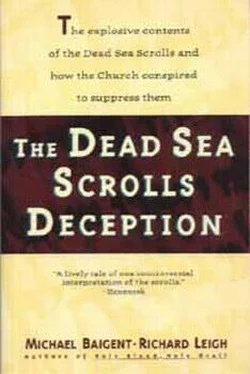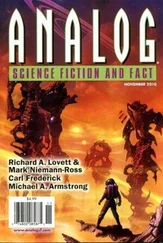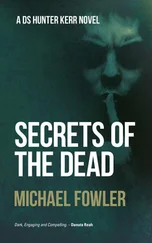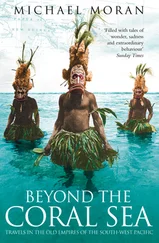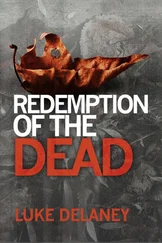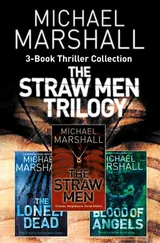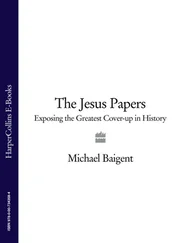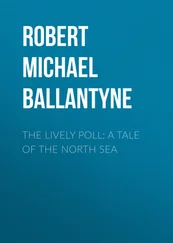After repeating what he’d come increasingly to see as a viable short-term solution — nationalisation of the Rockefeller Museum, the ‘Scrollery’ and the scrolls by the Jordanian government — he reveals the sense of punctilio to which he’d previously felt subject: ‘I might even let out an instance or two when information has been suppressed — but I’ll only do that if De Vaux looks like winning.’ 45
In 1961, King Hussein appointed Allegro honorary adviser on the scrolls to the government of Jordan. The post, however, though prestigious enough, entailed no real authority. It was not until November 1966, five years later, that the Jordanian government finally acted on Allegro’s suggestion and nationalised the Rockefeller Museum. By then, as we have seen, it was too late. Within the year, the Six Day War was to erupt, and the museum, the ‘Scrollery’ and its contents all passed into Israeli hands; and Israel, as we have noted, was too much in need of international support to risk a head-on confrontation with the Vatican and the Catholic hierarchy. Only four years before, Pope John XXIII had officially and doctrinally exculpated the Jews of any responsibility for Jesus’ death, and excised all vestiges of anti-Semitism from Roman Catholic Canon Law. No one wished to see this sort of conciliatory work undone.
By that time, too, Allegro was understandably weary and disillusioned with the world of professional scholarship. For some time, he had been anxious to leave academia and sustain himself solely as a writer. He was also eager to return to his original chosen field, philology, and had spent some five years working on a book which derived from what he regarded as a major philological breakthrough. The result of his efforts appeared in 1970 as The Sacred Mushroom and the Cross — the work for which Allegro today is most famous, and for which he is almost universally dismissed.
The argument in The Sacred Mushroom and the Cross rests on complicated philological premises which we, like many other commentators, find difficult to accept. That, however, is incidental. Scholars tend all the time to expound their theories based on premises of varying validity, and they are usually, at worst, ignored, not publicly disgraced. What turned The Sacred Mushroom and the Cross into a scandal were Allegro’s conclusions about Jesus. In attempting to establish the source of all religious belief and practice, Allegro asserted that Jesus had never existed in historical reality, was merely an image evoked in the psyche under the influence of an hallucinatory drug, psilocybin, the active ingredient in hallucinogenic mushrooms. In effect, he argued, Christianity, like all other religions, stemmed from a species of psychedelic experience, a ritualistic rite de passage promulgated by an orgiastic magic mushroom cult.
Taken separately, and placed in a different context, Allegro’s conclusions would probably not have provoked the storm they did. Certainly reputable scholars before Allegro had questioned, and doubted, the existence of an historical Jesus. Some of them, for that matter, still do, though they are in a minority. And there is little dispute today that drugs — psychedelic and of other kinds — were used to at least some extent among the religions, cults, sects and mystery schools of the ancient Middle East — as indeed they were, and continue to be, across the world. It is certainly not inconceivable that such substances were known to, and perhaps employed by, 1st-century Judaism and early Christianity. One must also remember the climate and atmosphere of the late 1960s. Today, in retrospect, one tends to think in terms of the so-called ‘drug culture’ — in terms of a facile ersatz mysticism, of Ken Kesey and his ‘Merry Pranksters’, of Tom Wolfe and The Electric Kool-Aid Acid Test, of hippies thronging the streets of San Francisco’s Haight-Ashbury, staging ‘love-ins’ and ‘be-ins’ in Golden Gate Park. That, however, is only one side of the picture, and tends to eclipse the very real excitement and expectation that psychedelia generated even in more sophisticated and disciplined minds — the conviction, shared by many scientists, neurologists, biochemists, academicians, psychologists, medical practitioners, philosophers and artists, that humanity was indeed on the verge of some genuine epistemological ‘breakthrough’.
Books such as Huxley’s The Doors of Perception enjoyed enormous currency, and not just among the rebellious young. At Harvard, Timothy Leary, with his proclamations of a ‘new religion’, still possessed in those days a considerable measure of credibility. In The Teachings of Don Juan, Castaneda had produced not just a best-selling book, but also an acclaimed academic dissertation for the University of California. Psychedelic substances were routinely used in both medicine and psychotherapy. Divinity students in Boston conducted a service under the influence of LSD, and most of them said afterwards they had indeed experienced an intensified sense of the sacred, a greater rapprochement to the divine. Even the MP Christopher Mayhew, later Minister of Defence, voluntarily appeared stoned on the nation’s television screens, beaming beatifically at his interviewer, wearing the seraphically celestial smirk of a man newly promoted to sagehood. One can see why the academic and critical establishment recoiled in alarm from Allegro’s book, even though Allegro himself repudiated the mentality of Haight-Asbury and never himself smoked or drank.
All the same, and even if not for the reasons usually cited, The Sacred Mushroom and the Cross was a distinctly unorthodox book, and effectively compromised Allegro’s credibility as a scholar. Its reviewer in The Times, for example, became personal, embarking on an amateur psychoanalysis of Allegro in order to debunk him. 46Allegro’s own publishers publicly apologised for issuing the book, cravenly admitting it to be ‘unnecessarily offensive’. 47In a letter to The Times on 26 May 1970, fourteen prominent British scholars repudiated Allegro’s conclusions. 48The signatories included Geza Vermes of Oxford, who’d concurred with much of Allegro’s previous work on the Qumran material, and who was soon to echo his complaints about the international team’s delays. The signatories also included Professor Godfrey Driver, Allegro’s former mentor, who had formulated a more radical interpretation of the Qumran texts than Allegro himself had ever attempted.
Allegro continued to bring the attention of the public to the delays in the publication of the scrolls. In 1987, a year before his death, he declared the international team’s delays to be ‘pathetic and inexcusable’, and added that his former colleagues, for years, ‘have been sitting on the material which is not only of outstanding importance, but also quite the most religiously sensitive’:
There is no doubt… that the evidence from the scrolls undermines the uniqueness of the Christians as a sect… In fact we know damn all about the origins of Christianity. However, these documents do lift the curtain. 49
By this time, the initiative had passed into the hands of the next generation of scholars and Allegro had left the world of scroll scholarship to pursue his research on the origins of myth and religion. His works subsequent to The Sacred Mushroom and the Cross were moderate enough, but for most readers, as well as for the academic establishment, he was to remain an ‘exile’, the man who, in the sneering words of The Times, had ‘traced the source of Christianity to an edible fungus’. 50He died suddenly in 1988, no longer accepted by his colleagues, but still energetic, enthusiastic about his own philological work in progress, and optimistic. It must have been some consolation for him to see, before his death, that his defiance of the international team, and his concern about their delays in releasing material, were already being echoed by others.
Читать дальше
